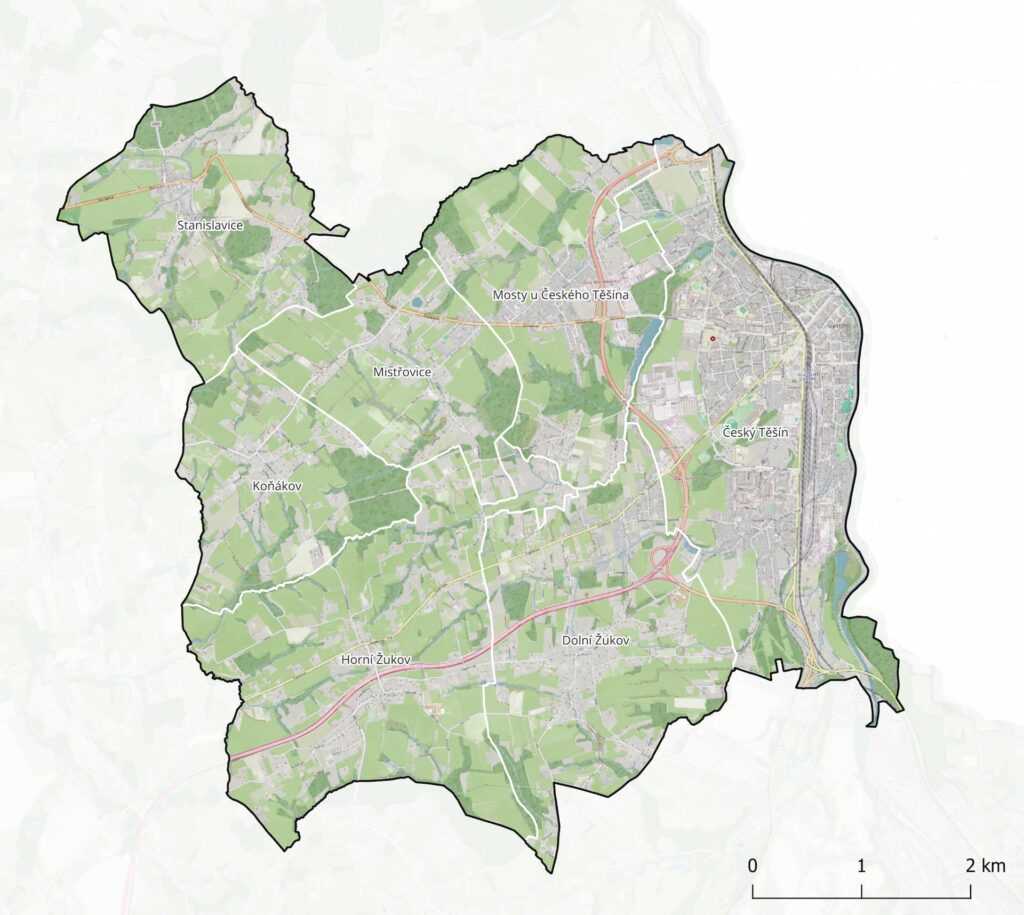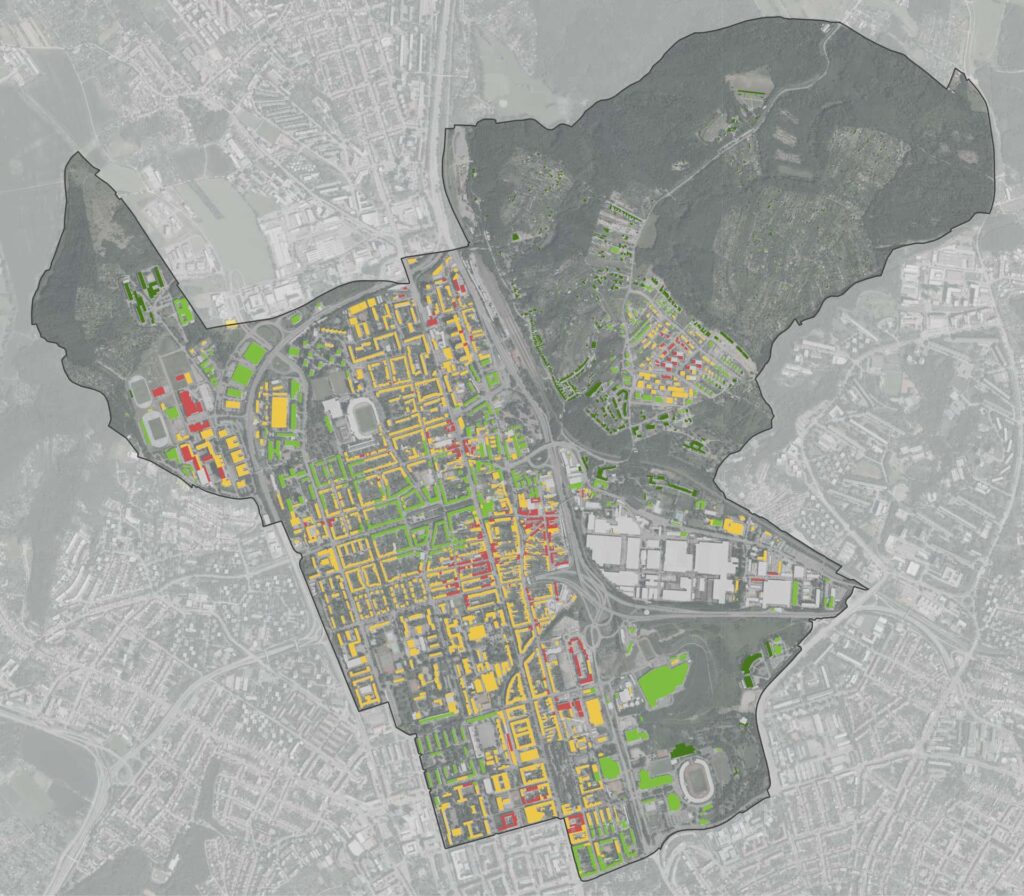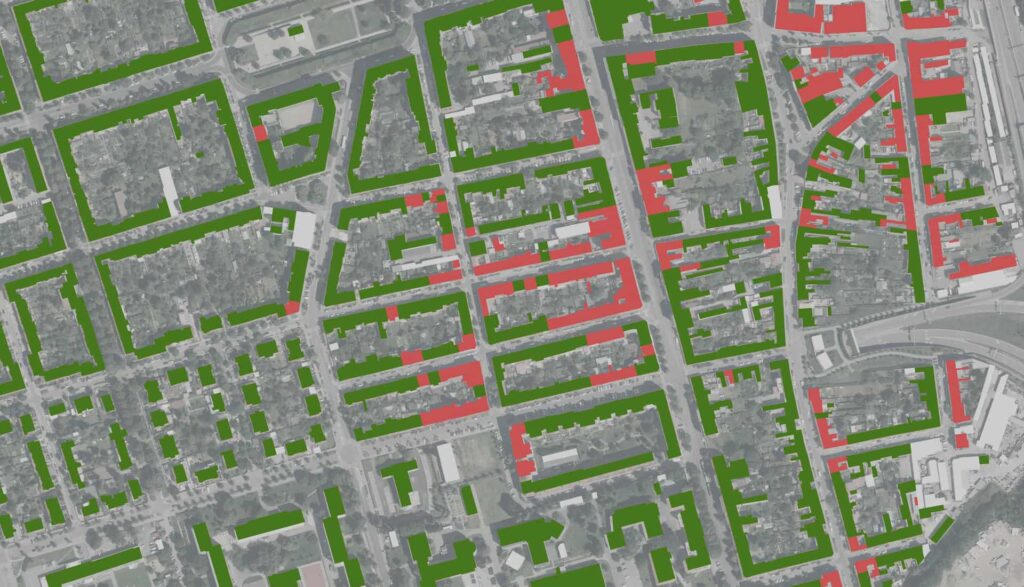The baseline emissions inventory (BEI) is the foundation of every Sustainable Energy and Climate Action Plan (SECAP). To be able to objectively measure the achievement of the targets set, we need to have an accurate picture of the baseline against which to compare success. The BEI therefore provides a detailed mapping of GHG emissions in all sectors that are linked to the city’s activities.
Measures that specifically save energy consumption or increase the share of energy production from renewable sources have been around for a long time. Some municipalities have already made considerable progress in this respect. Others are in the early stages of developing measures to mitigate the impacts of climate change. In order to record the positive changes that have already taken place, a baseline emissions inventory is carried out for a selected year from the past. The Covenant of Mayors recommends a baseline year of ideally 1990, the year to which European emission reduction commitments apply.
The analysis also usually includes a Monitoring Emissions Inventory (MEI), which compares the situation in the base year with the later situation. MEIs are prescribed at regular intervals in the period following the preparation of the SECAP.
The Covenant of Mayors sets minimum conditions for the SECAP in terms of its content and reporting. The reporting obligation is based on year 0, which represents the year the city joined the Compact.




















